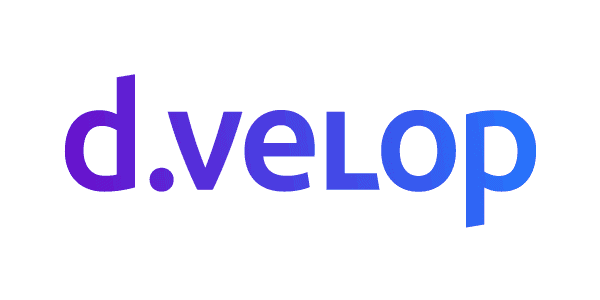Back in the early 2000’s, I was hired as a product manager for a well-funded startup to help design and build a hosted collaboration platform (sound familiar?) that was to be integrated into our larger supply chain automation solution. Without getting into all of the details of our new product introduction (NPI) strategy, there were two foundational aspects of our plans: first, to identify and deploy a handful of “beach head” customers, and second, to roll what we learned from those early customers into repeatable processes and best practices, or, as we often referred to it, to “productize” our services. A key measurement of the success of this program, and a KPI that we often discussed, was the level of adoption around our services. Were people actually using what we were building? If not, we wanted to understand why not. If they were using it, what did they like? It was never enough to build something, throw it over the wall, and walk away. We strove for customer success, and measurable ROI.
How big of an issue is this? Gallup did a poll that showed that approximately 30% of employees are disengaged, with 15% of those, “actively disengaged”. Honestly, I think these numbers are much, much higher within the typical intranet or extranet. It is a problem that must be addressed directly within every organization.
In my session for Stockholm next week, I’m planning to share some of my experiences on the topic, and discuss the building of an adoption strategy for SharePoint — whether on-prem or online – following a similar “go to market” strategy. Whether you’re supporting SharePoint for your team, or for external customers, it all applies. Having a GTM mindset means that you are focusing on the features and capabilities that will actually enhance the user experience (UX) and help people get their work accomplished…which is kind of why you’re rolling out SharePoint in the first place.
The core idea here is to treat your SharePoint implementation — whether on prem or online — like a product, which will help you to be better prepared for ongoing management of the platform. In a recent webinar with partner Intlock (who are known for their CardioLog Analytics products) I talked about another key aspect of any GTM strategy: metrics. Monitoring and measuring success are critical to any adoption plans you might put in place, because they serve as both a compass, ensuring you are moving in the right direction, as well as an indicator of when you have successfully reached your destination. This topic is critical to any aoption discussion and planning activity. Based on usage metrics, you’ll know where people are spending their time, the content and communities that have the most activity, and automated business processes on which people rely.
In 2007, Gary Hamel published a great book titled, “The Future of Management“, which asserts that while technology, employee talent levels, and market diversity, have changed dramatically over the last 100+ years, management techniques have not, and that management, as a discipline, is a ripe area for innovation. Typically, in hard times, managers will try to squeeze that extra 1% out of inventory, or layoff 10% of the workforce to reduce costs. Rarely do we hear about new management techniques being deployed to extract effort from the 15% who are “actively disengaged”.
Perhaps, instead, it’s time to look at that big, juicy 30% of disengaged workers as a target for improving the economics of the firm.
And if managers turn things around and engage the disengaged, people will be having more fun too. Work will be a more pleasant place to be, and earnings and morale will rise. As Adrian Gostick, one of the authors of “The Levity Effect” says, “If you’re demanding, you can drive people for a short period, but if you’re fun, you have them for the long haul.”
The Great Place to Work Institute has consistently found that companies that are classified as “great” score unusually high marks from employees on the question “Are you working in a fun environment?” Great companies scored 81% on this, compared to 62% for companies ranked “good”. If managers can innovate to improve the lives of the managed, then the “fallout” should be a reduction in the percentage of disengaged workers, leading directly to increased productivity, reduced costs, and improved earnings. If all of a sudden, 30% of the workforce starts doing more work, then that must have a positive impact.
It’s at least something to consider instead of the knee-jerk reaction to squeeze harder. Successful companies don’t cost-cut their way to greatness. When it comes to adoption strategies, there is a lot of room for interpretation and experimentation. Hopefully companies have at least started the planning process. Those organizations that are introspective and genuinely approach the adoption problem will undoubtedly get more productivity out of their employees, and a better return on their SharePoint investments. I guarantee it.











